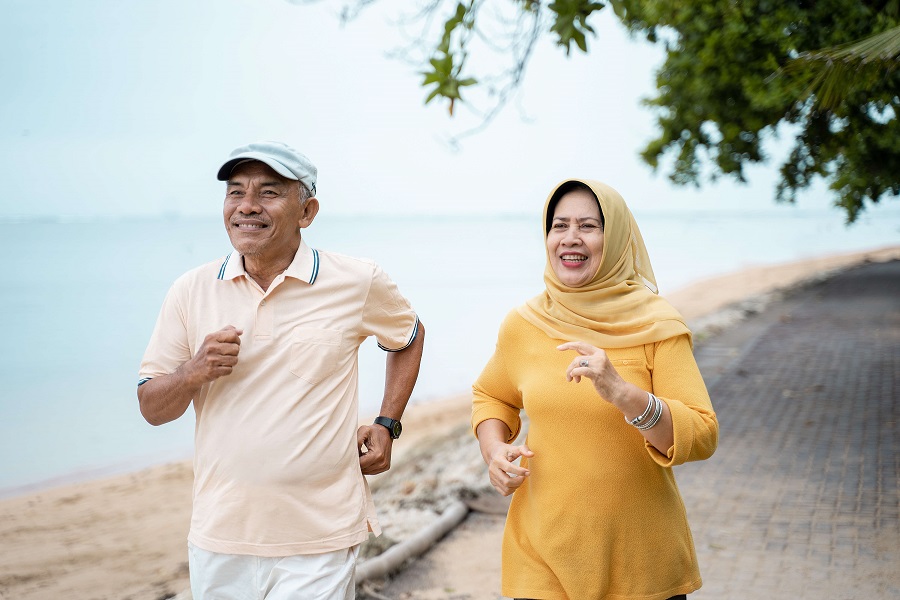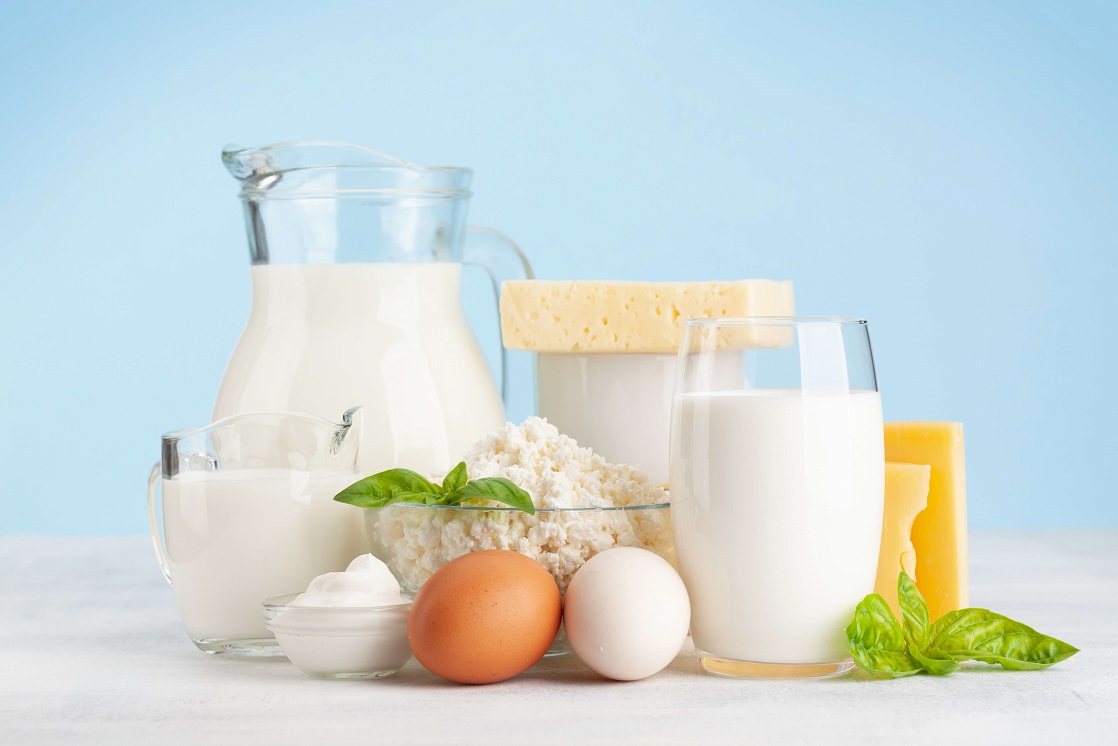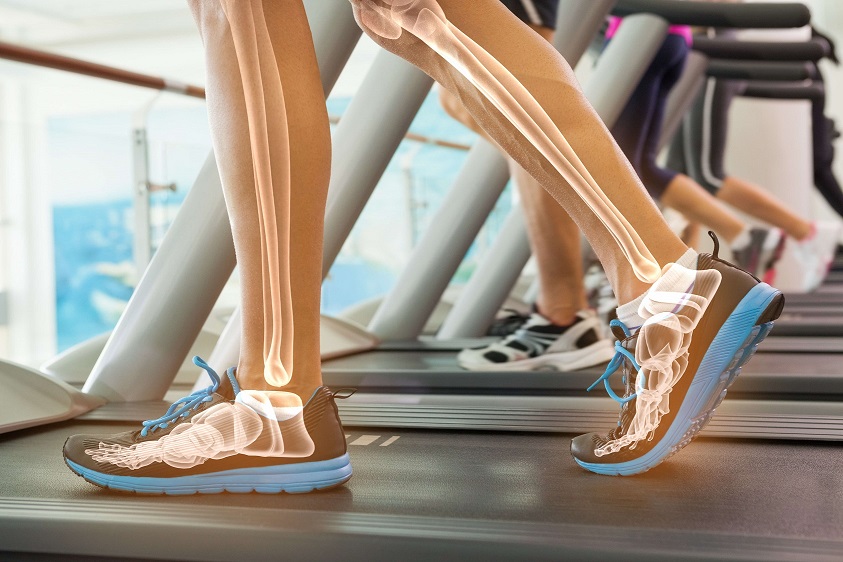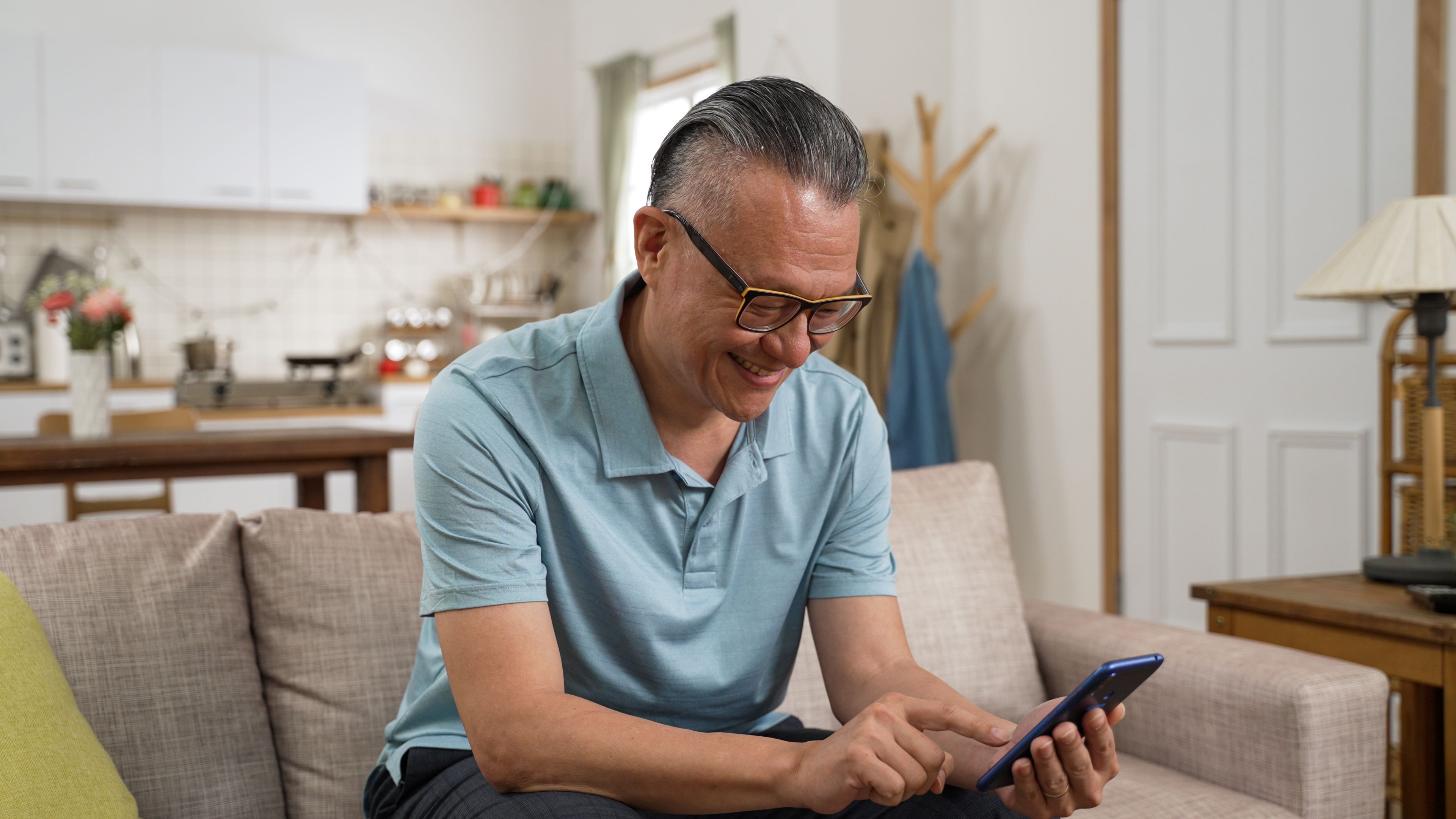4 Oct 2023
SOURCE: CPF Board

Osteoporosis is on the rise in Singapore and local cases of osteoporotic fractures are expected to rise by 60% over the next decade.
This “silent disease” is tricky because it often shows no clear symptoms. Many people only realise they have it after breaking a bone in a fall, which can result in severe and sometimes irreversible damage.
Early detection and prevention are essential for lowering its risk and managing osteoporosis. Detecting it early not only makes it easier to manage, but also reduces the financial burden of injuries such as hip fractures. Keep reading to learn how to maintain your bone health and keep osteoporosis in check!
What is osteoporosis?
Your bones continually produce new cells to replace old ones. As you age, you lose bone cells faster than you can replace them. This leads to weak and brittle bones – a condition known as osteoporosis.
Osteoporosis itself is not fatal, but it weakens bones and makes them easy to fracture. For an osteoporosis patient, even a minor fall can cause serious injuries and excruciating pain. This can be made worst if the fracture takes place in the hip joint as this vital bone is responsible for mobility and independence.
Risk factors for osteoporosis
Osteoporosis affects people of all ages, sex, and backgrounds. However, some groups are at greater risk:
- Postmenopausal women: oestrogen is essential for forming healthy bones and tend to decline in women after menopause. Statistically, osteoporosis is four times more common in women than in men.
- Underweight or chronically ill: being frail or having a long-term illness increases risk.
- Family history: a family history of osteoporosis elevates risk.
- Smoking: smoking has been clinically proven to weaken bone health.
- Underlying diseases: conditions like diabetes and hypertension can also heighten the risk of osteoporosis.
How is osteoporosis diagnosed?
Osteoporosis is diagnosed through a Bone Mineral Density (BMD) test, which uses low-dose X-rays to measure mineral content in your bones.
You can take a BMD test at a polyclinic or consult your family doctor for more information. A doctor's referral is needed for the test.
Tips for strengthening bone health
Having strong and healthy bones is key in preventing osteoporosis. There are plenty of steps you can take to strengthen your bones and keep them in tip-top condition. Here are a few of them:
1. Consume a nutrient-rich diet

You are what you eat and eating well will go far in giving your bones a strong boost.
Besides consuming a well-balanced diet of fruits, vegetables, dairy, and lean protein, keep a look out for the following vitamins and minerals:
Calcium
Calcium is an essential mineral for forming healthy and sturdy bones. Refer to the Recommended Daily Allowance (RDA) for your calcium intake:
• 800mg for adults aged 19 to 50
• 1,000mg for those aged 50 and above.
Dairy products such as milk, yoghurt, and cheese are calcium-rich food. To add more calcium in your diet, try adding milk powder or low-fat milk to your soups, smoothies, and sauces. Don’t forget dark green vegetables – which are loaded with bone-fortifying calcium minerals as well!
Vitamin D
Vitamin D helps your body absorb calcium from the food you eat. Think of Vitamin D as a reliable component that helps to pack calcium into your bones so that they stay healthy.
The easiest way to get Vitamin D is through sunshine. This is because your skin naturally produces this essential vitamin when it is exposed to sunlight.
Your diet also plays a plentiful part in getting in vitamin D. Keep an eye out for fatty fish such as salmon, sardines, and also cod liver oil to give your diet a big vitamin D boost.
2. Take part in regular exercise

An active body is a healthy body. That is why regular physical activity and weight bearing exercise have been shown to improve bone strength.
If you are looking to get active, be sure to start slowly and let your body rest and recover between each session. It is also a good idea to consult a doctor if you have not exercised in a long time.
According to The Singapore Physical Activity Guidelines, aim for at least 150 to 300 minutes of moderate-intensity aerobic physical activity per week. Your weekly physical activity routine should also include two or more muscle strengthening activities to ensure that your bones remain strong and healthy.
Two types of physical activity are recommended for improving bone health: weight-bearing and resistance exercises.
Weight bearing exercises
Weight-bearing exercises are activities that you do when standing. With the weight of your body pulling down on your skeleton, your bones get a chance to strengthen themselves and increase their strength.
Some examples of weight bearing exercises are brisk walking, stair climbing, yoga, and tai chi.
Resistance exercises
Resistance exercises involve working your muscles against a force. This can be external weights or your own body weight. These exercises not only build muscle, but also improve your posture and overall bone health.
An example of resistance exercises is weightlifting, or even simple activities that require your muscles to work against gravity like carrying groceries!
3. Take a bone density test
A bone density test measures the amount of minerals, specifically calcium, in your bones using X-rays. This test is accurate and safe, helping to diagnose osteoporosis and your general bone health.
If you are at risk for osteoporosis due to factors like sex, age, family history, or medication use, taking a bone density test is an important step that will determine your susceptibility to osteoporosis.
4. Prevention is better than fall
A simple fall might be harmless to you during your younger years. But as you age, having a fall takes on an entirely new meaning as it can threaten your independence and quality of life.
You can reduce the risk of a fall by making simple changes to your home and daily routine:
• Lighting: ensure well-lit rooms and hallways. Use night lights between the bedroom and bathroom.
• Clutter: keep floors clear to avoid tripping hazards.
• Bathroom safety: install anti-slip tiles and grip bars in wet areas like bathrooms. Learn more about the Enhancement for Active Seniors (EASE) that helps to subsidise these modifications.
• Keep items within reach: store clothing and other essential items within easy reach. This helps to avoid bending or stretching. Try not to keep things at the bottom drawers as they can be harder to reach.
5. Manage chronic conditions
Chronic conditions like osteoporosis and diabetes can affect your overall well-being in many ways. For starters, osteoporosis is not the only condition that increases the risk of breaking a bone. Instead, research has shown that individuals with diabetes are nearly twice as likely to break their hip compared to those without the condition.
This makes it important to manage such conditions with care. If not well-controlled, these chronic conditions can lead on to severe problems and expensive medical bills down the road.
The MediSave for the Chronic Disease Management Programme (CDMP) includes 23 conditions such as osteoporosis, diabetes, and high blood pressure. With this programme, patients can seek chronic disease management at 1,250 GP clinics, polyclinics, public hospitals, and participating specialist clinics in Singapore.
You can use your MediSave to help offset outpatient costs under the CDMP. Those with complex conditions can use up to $700 from their MediSave accounts each year, while others can use up to $500. Note that a 15% cash co-payment is required for each claim.
Osteoporosis and bone health
Osteoporosis can affect anyone, but it is most common among older adults — just when they should be enjoying their retirement. Early detection and prevention can significantly reduce the risk of fractures related to osteoporosis. Remember, it's better to prevent a fall than to treat one.
This article on osteoporosis is part of our Ageing Gracefully series. Be sure to check out our other article on dementia as well!
The information provided in this article is accurate as of the date of publication.


